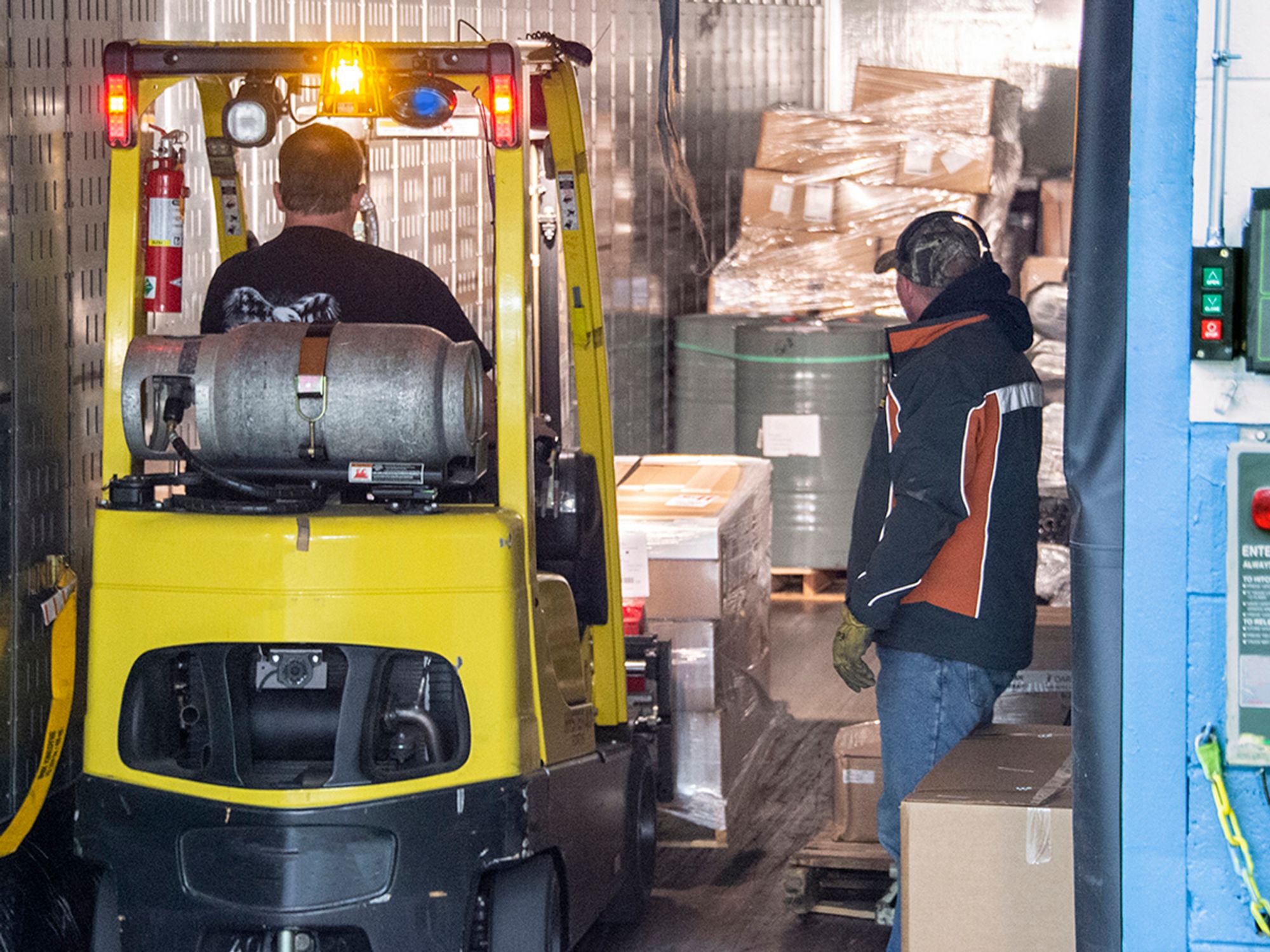Damage-prevention procedures during loading

- Before loading cargo into or onto any trailer, the driver should make sure the trailer will not damage the cargo.
- Drivers need to count their cargo as it is being loaded.
- After verifying the count and condition during loading, the driver must make sure the load paperwork matches the cargo.
Before loading cargo into or onto any trailer, the driver should make sure the trailer will not damage the cargo. Simple steps such as sweeping, pulling nails, and making sure the deck and roof or tarps are watertight can prevent claims. Companies should have a policy in place (and enforced) that requires the drivers to do these things before loading.
Another key area for the prevention of all three types of cargo claims is the drivers’ actions during loading. Many drivers use the time during loading as a sleeper break, to put themselves in a position to be able to drive more miles. The downfall with this is that when the driver signs the bill of lading, there is no way the driver can truthfully attest to what is in the truck. If the truck arrives at the receiver 30 cases short, for example, the driver cannot honestly say if the cases were on the truck in the first place. Companies should drive home the point to the drivers that they need to count their cargo as it is being loaded.
Also during loading, drivers should inspect their cargo. As a general rule, the driver is going to sign documentation that the cargo was in good condition at the time of loading. If it arrives at the receiver with damage, the receiver will not be concerned about who caused the damage. They will reject the freight and let the shipper and carrier fight it out.
After verifying the count and condition during loading, the driver must make sure the load paperwork matches the cargo. If the paperwork does not match, the driver will need to first bring it to the shipper’s attention. If the shipper will not make corrections, the carrier should have a procedure that instructs the driver to contact the company immediately.
